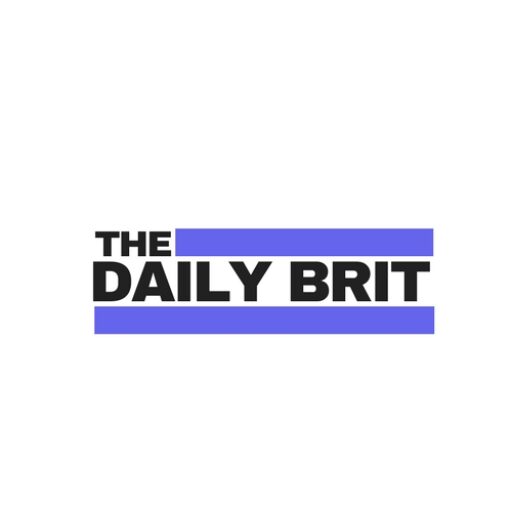Pound climbs as inflation surprises — BoE’s cut under fire

Sterling rose 0.4% against the dollar after the UK’s annual inflation rate unexpectedly accelerated to 3.5% in April, defying forecasts of a continued decline and casting immediate doubt on the Bank of England’s recent rate cut.
Core inflation also moved higher, climbing to 3.8%, underscoring the persistent strength of price pressures in key areas of the economy.
The central bank’s decision to lower rates has now collided with resurgent inflation data, triggering concern among investors and businesses that the policy shift was premature.
“The pound’s reaction was swift—a clear signal that markets are reassessing UK risk exposure in light of the data,” says Nigel Green, CEO of deVere Group, one of the world’s largest independent financial advisory and asset management organizations.
“This move from the Bank looks increasingly difficult to defend.
“Slashing rates just as inflation reignites sends conflicting signals and risks making conditions worse for the very households and businesses it’s trying to support.”
April’s figures interrupt what had looked like a steady deceleration. After falling to 2.6% in March, inflation was widely expected to continue easing.
Instead, energy costs, the rise in the domestic business tax, and seasonal adjustments from transport and leisure all pushed the rate higher again.
Crucially, the pressures were not isolated; core inflation’s rise suggests underlying momentum that policymakers can’t ignore.
The deVere CEO says: “For millions of households, this marks yet another setback. Despite some mortgage relief from the rate cut, any gains are being eroded by rising food bills, higher transport costs and elevated rents.
“Energy remains a burden, especially for lower-income families who had expected real relief heading into the summer.
“This disconnect weakens confidence and risks deepening the sense of economic instability.”
Businesses face similar complications. SMEs in particular are navigating unstable input costs and shifting wage expectations, while also trying to respond to unpredictable demand.
“The cost of inaction is high—but so is the cost of miscalculation. The central bank’s credibility matters, and if it looks like it moved too early, it may lose the trust of the private sector it’s meant to support.”
For global investors, the picture is equally complex.
“Gilts are now under scrutiny. Equities, previously buoyed by hopes of lower borrowing costs, may now face volatility as markets reassess inflation-linked earnings risk. The FTSE had been positioned as a value opportunity—but that view may not hold if inflation forces policy reversal,” notes Nigel Green.
“This development lands in a global environment where investors are already watching for signs of divergence between central banks,” he adds.
“The BoE’s decision stands in stark contrast to the Federal Reserve’s more cautious stance. The divergence could reshape flows, particularly in FX and fixed income.”
Chancellor Rachel Reeves admitted disappointment in the numbers. But disappointment doesn’t change the fact that the UK economy now sits in a zone of heightened uncertainty, where inflation is no longer drifting downwards and monetary policy is loosening.
Nigel Green continues: “Unless May’s figures show a sharp reversal, the BoE may have to pause further cuts—or face the much harder decision of reversing course entirely. The window for a soft landing is narrowing.
“Sterling’s rebound reflects more than a one-off reaction to inflation data—it signals unease. Investors are asking whether the BoE moved with enough conviction and whether it truly has control of the inflation trajectory.”
He concludes: “Monetary policy needs precision. The Bank of England must now demonstrate that it hasn’t lost the plot, and that it still has the tools and the resolve to restore price stability.”




